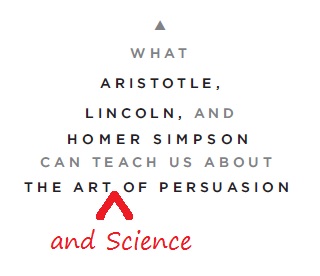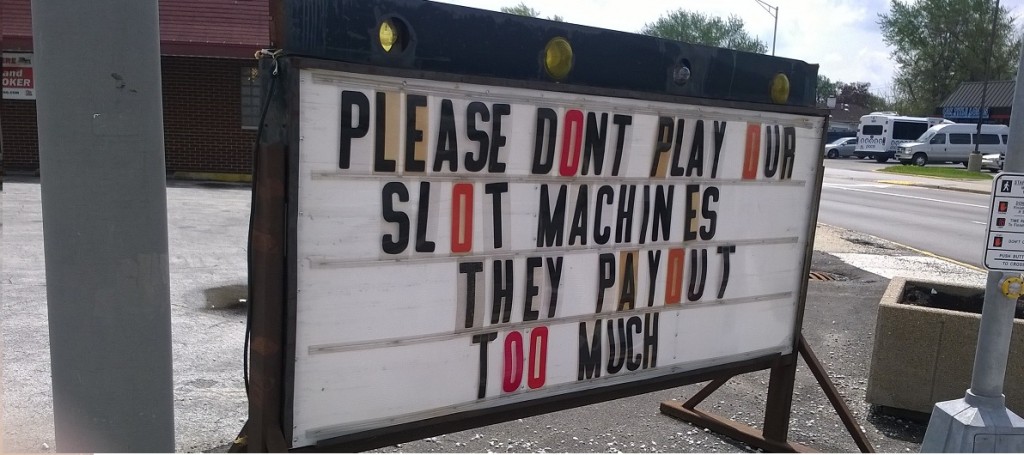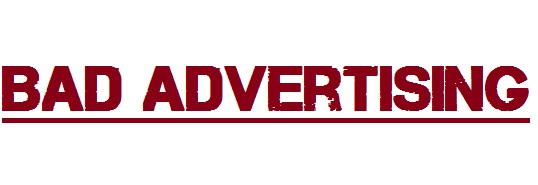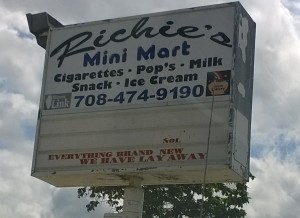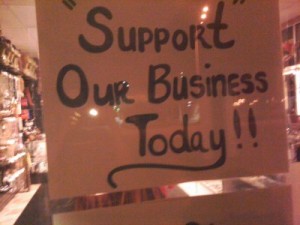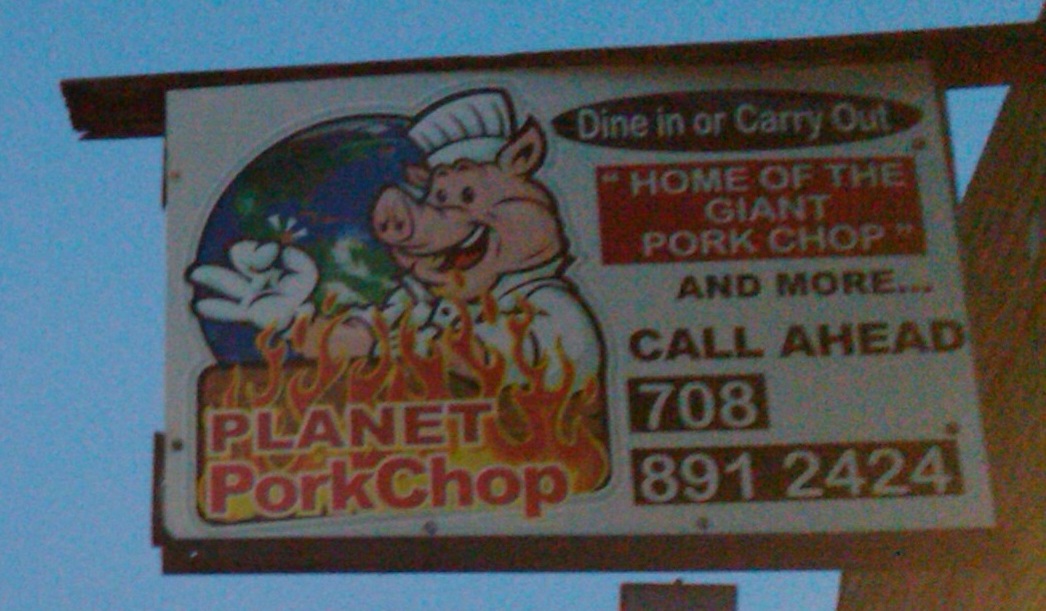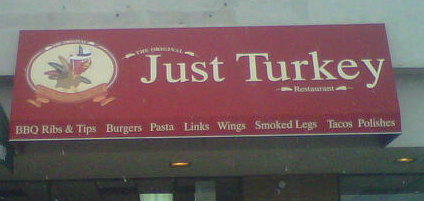Who is the most persuasive person in the world?
I bet it’s not who you think it is. In fact, it may be the last person you’d consider.
And I’ll be happy to tell you…if you attend Blue Top Marketing‘s workshop tomorrow (Saturday, June 7th) in South Holland, IL.
We’ll be talking about how to create irresistible offers. This will be my most in-depth treatment of this topic to date. We’ll talk about persuasive techniques as ancient as the human race, cutting-edge discoveries in neuroscience and the secrets behind blockbuster Hollywood movies.
Get the details on Blue Top Marketing’s registration page.
Here are a few of the specific topics we’ll cover in this 2-hour long session:
- a method proven to “transform insignificant objects into significant ones,” so much so that people happily pay as much as 132.5 TIMES their original value. Your “significant” products and services can skyrocket in perceived value in exactly the same way.
- why the truth isn’t good enough and how you can fix that — without the slightest bit of deception
- what kind of marketing messages are magnetically repulsive
- how one sentence changed the entire TV home shopping industry, breaking sales records left and right — and how you come up with a similar sentence to revolutionize your customers’ perception of your business
- 3 biological reasons the human mind rejects most perceived attempts at persuasion and
- how to flip the mind’s resistance using its own force.
I’ll take a look at your marketing materials and make suggestions on how to make your offers irresistible. You’ll leave the presentation with specific advice you can put into practice the same day.
Not sold yet? Let’s sweeten the deal a little bit.
All attendees will get
- a DVD of all 3 of the Marketing Strategy Implementation sessions courtesy of Boss Lady at Blue Top, Stephanie Walters,
- a free copy of my book Stealth Selling: Non-Pushy Persuasion for Professionals
- a second round of sales copy critiques any time in the next 90 days. I normally charge $200 for critiques, but attendees will get a freebie.
When an offer is strong, saying “yes” is easier than walking away. During this workshop, we’ll help make that a reality in your business. Register now
P.S. Sorry for the last minute reminder.

